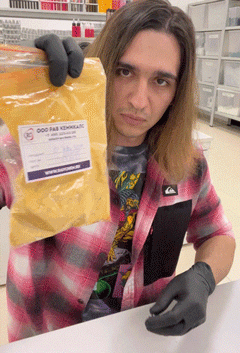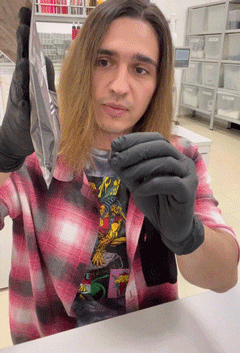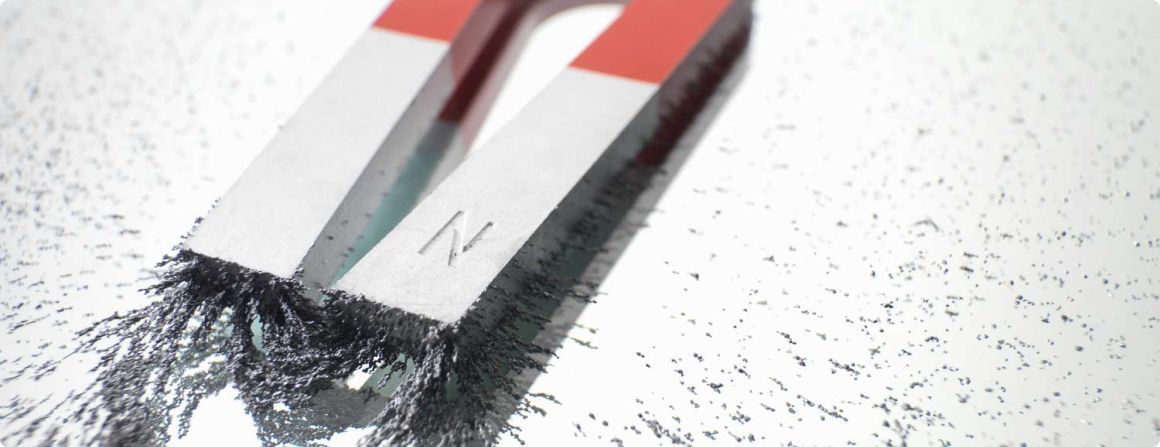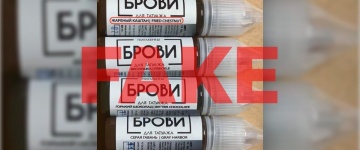Ferromagnetic properties of pigments
Ferromagnetism is not the most common property in general, and it manifests itself in only a few substances, one of which is the transition metal — iron. As we already know, red, yellow, black, and brown pigments are created from iron, which, after thorough purification, can be used to produce tattoo inks and permanent makeup inks.
In simple, "redneck" words, the ferromagnetic properties of pigments are the ability of pigments to stick or not to stick to a magnet. Some pigments have pronounced ferromagnetic properties, while others do not or have them to a lesser extent.
Iron oxide yellow (CI 77492) is practically non-ferromagnetic. If you try to stick a magnet to a bag of pigment, the magnet won't stick and will fall off.

Iron oxide red (CI 77491) is moderately ferromagnetic. The magnet will stick to the bag and even stay there.

Iron oxide black (CI 77499) has pronounced ferromagnetic properties.

Which pigments be magnetized?
So why can some inorganic PMU inks be magnetized while others cannot? Does this mean that manufacturers are deceiving you and pouring hybrid organic ink into bottles labeled "inorganic/minerals"?
Of course not. You simply have been listening to the people who don't know what they're talking about.
It's really simple
Any inorganic ink is created in two variations: with iron oxide black (CI 77499) or with carbon black (CI 77266), which is also an inorganic component.
Carbon black has a completely different production method. This component has nothing to do with metals and iron, it simply cannot be magnetized by its nature. It does not have ferromagnetic properties.
Ink with carbon black in which only one component is ferromagnetic (Iron Oxide Red (CI 77491)) will not stick to a magnet. But it remains completely inorganic.
Ink based on iron oxide black (CI 77499) will stick to a magnet because it features two components with quite pronounced ferromagnetic properties.
That's it. Less iron in one ink—it does not stick to a magnet. More iron in other ink—it sticks to a magnet.
There are no other explanations for these phenomena. There are no lies, deceit, or conspiracies by manufacturers either.
Why we got this information?
But ask yourself now: why do you need this useless knowledge and how will a magnetic bottle of ink affect your work?
Ferrum-Two-O-Three, everybody!





